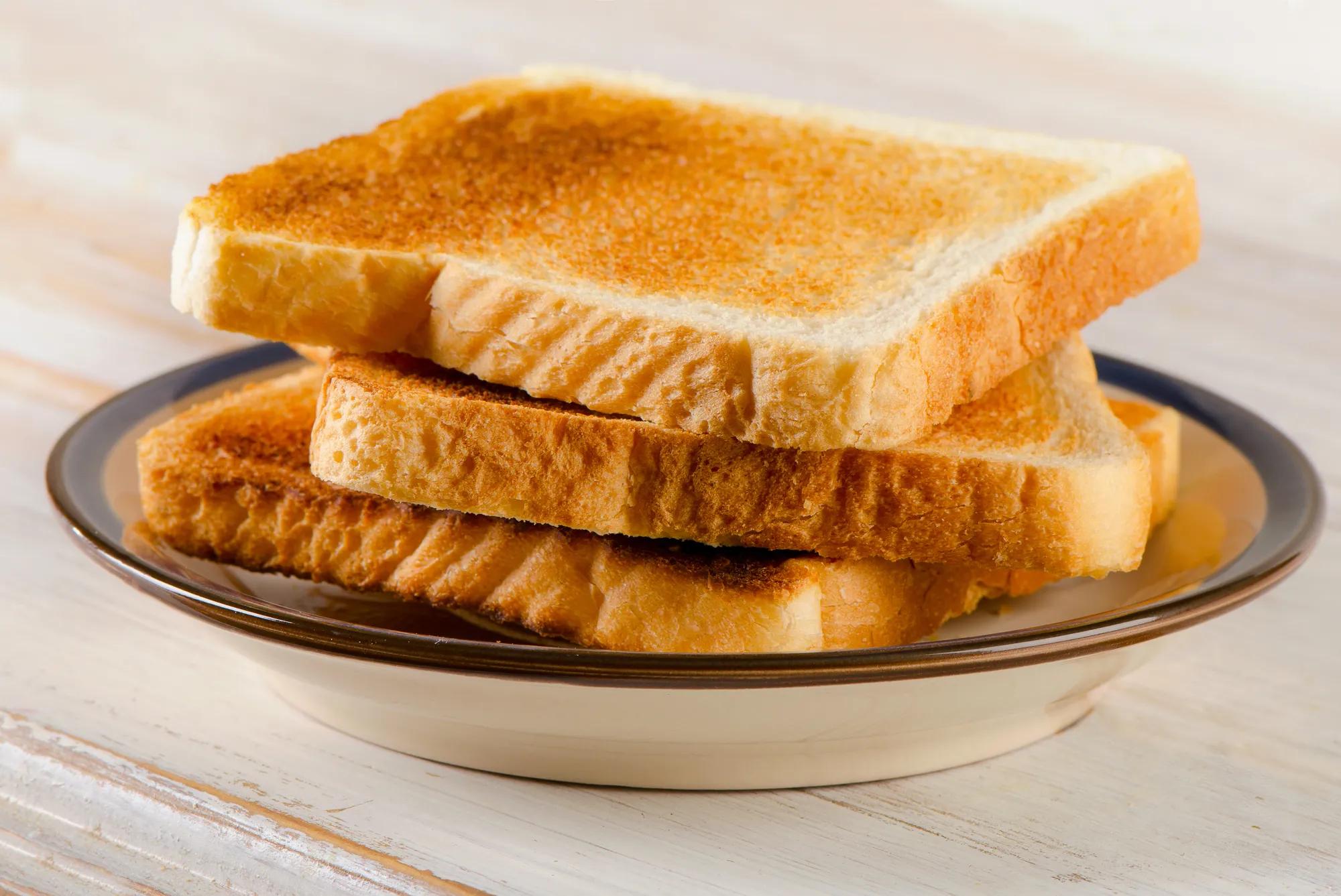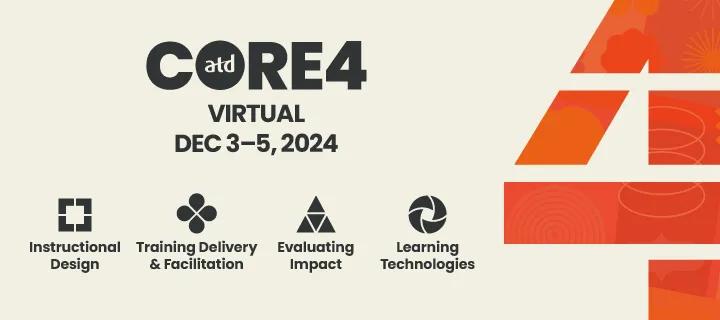ATD Blog
Beyond the Slice: How Making Toast Heats Up Innovation in L&D
If you’re looking to innovate your L&D products, processes, or practice, here’s a fun, engaging (and free!) hands-on activity that can get you started.
Tue Nov 19 2024

Did you know why the iPad stood out as such a radical innovation when it was launched? Because…nobody was asking for it. You heard me. Nobody.
Surprised, right?
The iPad stands out as one of those unexpected solutions that found an unmet and unvoiced problem…and wound up setting the standard for the similar products that followed (the Blackberry PlayBook notwithstanding.)
We talk a lot about innovation in the L&D space, but it’s not something we execute well or even consider to be a core competency. It’s not that we can’t be creative; rather, we miss the opportunity to truly innovate by driving change that adds tangible value. If you’re looking to take those first steps toward innovating your L&D products, processes, or practice, there’s a fun, engaging (and free!) hands-on activity that can get you started—and it’s all about How You Make Toast.
Warming Up to Systems Thinking
Before we reach for the peanut butter, it’s probably worth looking at the underlying concepts of this exercise, and that’s Systems Thinking. This concept was popularized by Peter Senge in his book, The Fifth Discipline. In short, Systems Thinking is a framework for understanding the interconnectedness of elements within a system, (Those of you familiar with the late Douglas Adams might also see a parallel in the theory of the “Fundamental Interconnectedness of All Things”—but with less chaos.)
In practical terms, Systems Thinking encourages us to see a bigger picture, recognize patterns, and identify feedback loops that influence outcomes. When we shift our focus from linear cause-and-effect relationships to more complex, dynamic systems, we can gain deeper insights and often find that spark for innovation.
“But, Mark,” I hear you ask, “how does this thing fit in with the ‘Draw Toast’ exercise?”
That’s a fair question to ask. This activity starts by asking each participant to do something that at the surface seems simple: Draw a diagram for making toast and then compare their process with everyone else’s. Because people’s results tend to vary wildly, the group can learn a lot about all the different ways to approach systems from debriefing the differences. What I have found is that the “a-ha” for participants when they “draw toast” is that their perceptions get shifted from seeing the act of making toast as less of an event, and more of a single component within a broader system. It is also a fun and easy way to quickly see how each person perceives and illustrates the activity. It’s an incredibly powerful exercise wrapped in simplicity. As a facilitator, it is the ultimate “lightbulb” moment to witness.
Step-by-Step: Mastering the Toast
Before we get into a simplified walkthrough, I need to acknowledge the work of Autodesk Fellow Tom Wujec, the author of this exercise, for making it available via a Creative Commons license on the website DrawToast.com.
Tom lays out a straightforward and scaffolded walkthrough of engaging the participants. However, I like to take a slightly different approach to the exercise than the one Tom maps out in the worksheets. Tom’s exercise starts by asking the participants about a “wicked problem” they would like to solve before they take the first steps of drawing their toast. In my innovation workshops, the audiences are quite varied, so it makes sense to start everyone on the same exercise before they start tackling their own “wicked problem,” and it helps to avoid any bias that may creep into the breadcrumbs. You can try it either way, but that’s part of the joy of this activity—that you can make it your own.
Let’s take a high-level look at my take on the "How Do You Make Toast?" exercise.
Drop the Handle: After a quick intro, I like to get participants right into the act of (individually) drawing out how they make toast.
Sharing Is Caring: I ask participants to share their diagrams. This activity is normally laughter-filled and thought-provoking. It’s also illuminating to see the assumptions participants make about the process, as well as where they perceive the start and end points to be.
Build the Stack: This is where I get participants to combine their individual takes and start on the drawing or writing of the shared understanding of the toast process. I actively encourage the participants to brainstorm every step involved in making toast, from identifying the preferred outcome, along with qualitative considerations like, how toasted the bread should be. It’s also vital to identify who is involved and what decisions get made along the way (like deciding to make it and who gets to do the cleaning up.)
Slice and Enjoy: Once the participants have finished mapping out (and agreed upon) their process, I do a mini wrap-up, emphasizing how this exercise reveals hidden assumptions and exposes opportunities for streamlining and enhancing your L&D process.
I’ll show you how you make that leap from perfectly made toast to L&D innovation in the next step.
Anyone for Seconds?
Sure, you now have a shared framework for making the kind of toast you want, but the work doesn’t stop there. The final iteration in the exercise is to repeat Steps 1–4. But this time, you are using the things you learned from those steps to start drawing and mapping your workflow or use case. What you’re aiming for is to grab those differing perspectives in mapping your current process as the trigger for innovation and improvement.
Pro Tip: Unless you take the time to arrive at that shared understanding of your current process, innovation efforts can—and will—stall. When running this exercise in one of my innovation workshops, I like to prompt participants with a few key questions:
What’s the value you want to demonstrate?
How is it quantified?
Are you able to identify all the stakeholders and touchpoints
Can you identify unnecessary steps and feedback loops (or stakeholders or touchpoints) in the current process?
How might you combine steps for increased efficiency?
Do you have existing technology to automate certain tasks
What adjustments would make the process smoother for everyone involved?
Order Up!
On his TV show, Sea Hunters, the late Clive Cussler used to end each episode by saying,
“And now it’s your turn to get up off that couch and go into the deserts, go into the mountains, go under the lakes, rivers, and seas, and search for history. You’ll never find a more rewarding adventure!”
I’ll offer you a similar call to action:
“And now it’s your turn to start making toast…to explore the interconnectedness of all things, to delve into the mysteries of your L&D universe, and to uncover the hidden patterns shaping that world. You will never have a more rewarding and educational experience.”
One Last Note
Want even more ideas for transforming your learning and development products, processes, and systems? I hope you’ll be able to join me for my session on sparking innovation in L&D at the upcoming ATD Core4 Virtual Conference, Dec 3–5, 2024.
You've Reached ATD Member-only Content
Become an ATD member to continue
Already a member?Sign In

